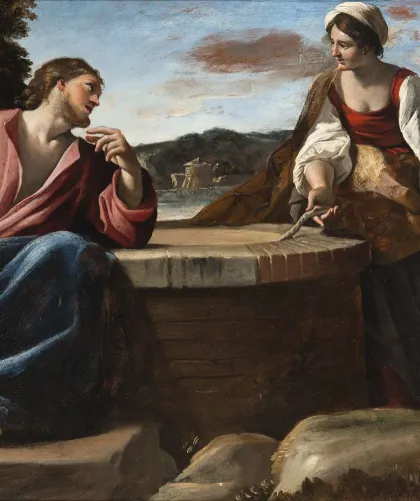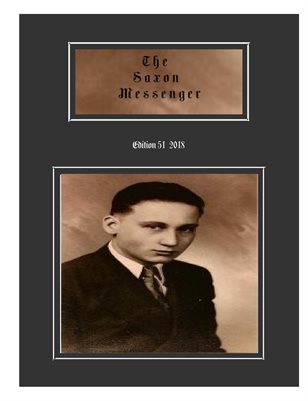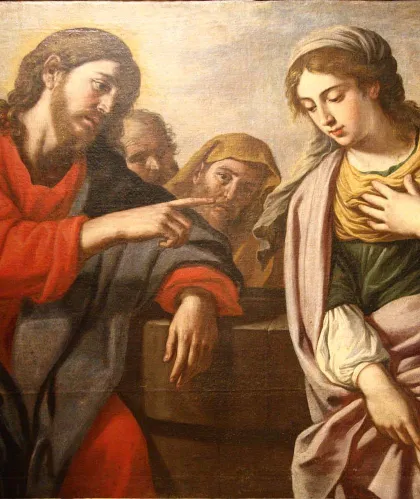On the Gospel of John, Part 14: True Signs and Wonders

On the Gospel of John, Part 14: True Signs and Wonders
In the first two presentations on our commentary on John chapter 4, we had spoken at length about the Samaritan woman, who was certainly a daughter of a remnant of the children of Israel which had escaped destruction or captivity at the hands of the Assyrians, and which had remained in Samaria throughout the seven centuries up to the time of Christ. It is quite possible that her and her kinfolk ultimately became Christians and could have remained in and around Samaria even until after the time that the Muslim hordes invaded and destroyed the Byzantine Christian culture of Palestine in the 7th century AD. However Shechem, and ostensibly, Sychar along with it, was destroyed by the Romans during the Judaean rebellion of 65-70 AD, and in 72 AD Vespasian founded a new city at the site, called after himself, Flavia Neapolis.
We hope to have illustrated how the encounter of Christ with this woman was a sort of parable representative of the ultimate reconciliation of the so-called “lost sheep” of the Northern Kingdom with Yahweh their God, which is indeed the very purpose and need for a Messiah in the first place. We then made several comparisons of aspects of this encounter with that of the later encounter which Christ had with the Canaanite woman, and by that we hope to have illustrated an example of the racial covenant aspect of the New Testament, where one woman had sought and received an earthly blessing but she was nevertheless excluded from communion, while the other woman being an Israelite had sought no blessing yet it was shown that she was fit for eternal life – in spite of the fact that she was apparently even a sinner.












 Please click here for our mailing list sign-up page.
Please click here for our mailing list sign-up page.








Recent comments